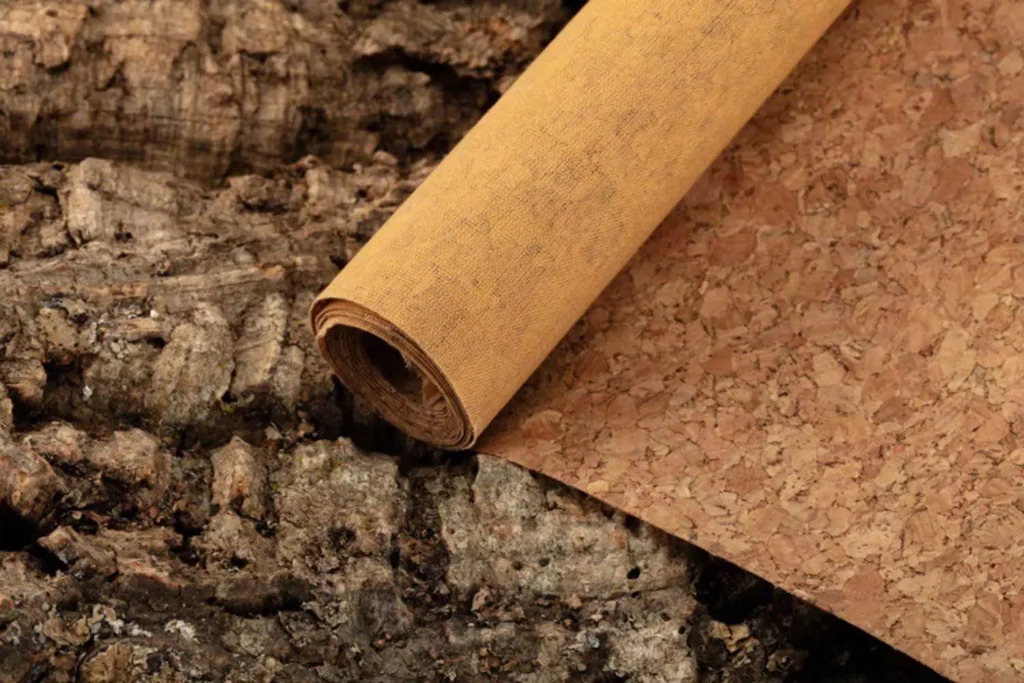
The issue of climate change affects everyone around the world. As global warming occurs, weather patterns are changing and events such as floods, hurricanes and droughts are becoming more frequent. Governments have pledged to reduce emissions and become carbon neutral by 2050, meaning that emissions will be reduced significantly to prevent climate catastrophe. In fact, the latest IPCC climate change report, released in 2021, highlights the role that humans play in climate change. Following the release of the report, many world leaders met at the COP26 climate summit in Glasgow, where they announced a variety of measures they would take to stop more damage from being done. Some of these measures include:
✔ A pledge to end deforestation by 2030;
✔ Promise to cut methane emissions;
✔ Moving away from coal power;
✔ Financial aid for emerging nations to tackle climate issues.
Carbon dioxide is the primary greenhouse gas emission from human activities (such as commercial agriculture, forestry, and fossil fuel combustion). High levels of carbon dioxide increase the amount of heat trapped in the atmosphere, which is one of the causes of climate change.
Most countries produce far more carbon dioxide than the world’s oceans and plant life can absorb. These countries are largely contributing to the effects of climate change.
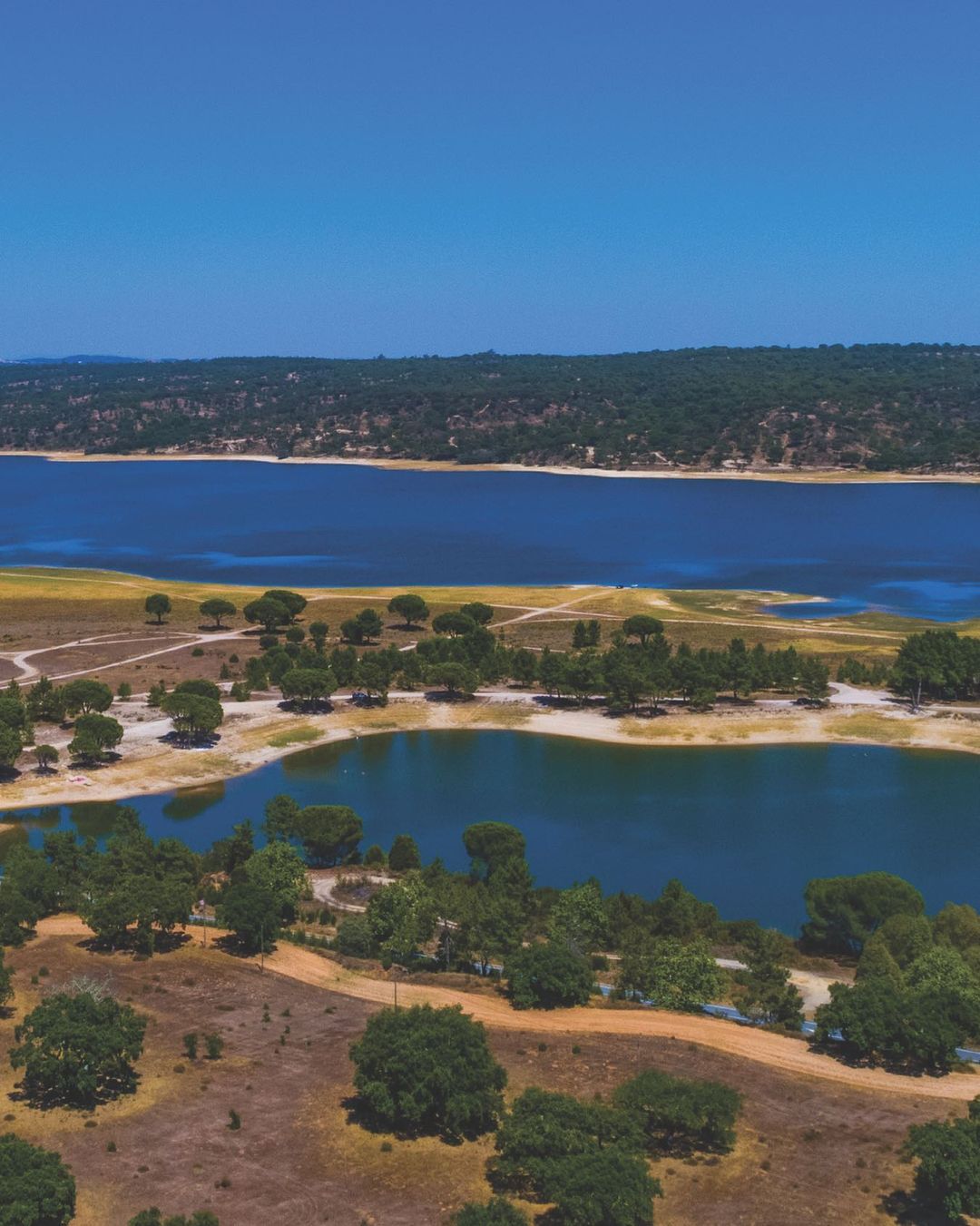
So what does it mean to be carbon neutral? And what is the difference between that and carbon negatives?
Carbon Neutral means balancing carbon emissions through carbon offsetting actions elsewhere, which means reducing as much greenhouse gas emissions as emissions, maintaining a neutral value. Carbon neutrality can be achieved by companies, individuals, governments, and products and services. Negative carbon means that a country, company or individual saves or stores more carbon dioxide (CO2) than it emits.
The term “net zero” is increasingly used to describe a broader and more comprehensive commitment to decarbonization and climate action that goes beyond carbon neutrality by including more activities within indirect emissions, and often includes science-based reduction targets rather than relying solely on offsets. Some climate scientists say that “the idea of net zero has allowed carbon emissions to continue to soar.”
The terms carbon free and carbon neutral are often confused; however, they refer to different aspects of climate action. A carbon-free product, service or company is one that does not produce any carbon emissions in its manufacture, supply or operations. This must apply to the entire supply chain, including all raw materials, logistics and packaging. In fact, there are no examples of carbon-free products.
Instead, any company and any product can be carbon neutral: there are currently standards for calculating their emissions, and companies can support certified carbon offset programs to offset the calculated emissions.
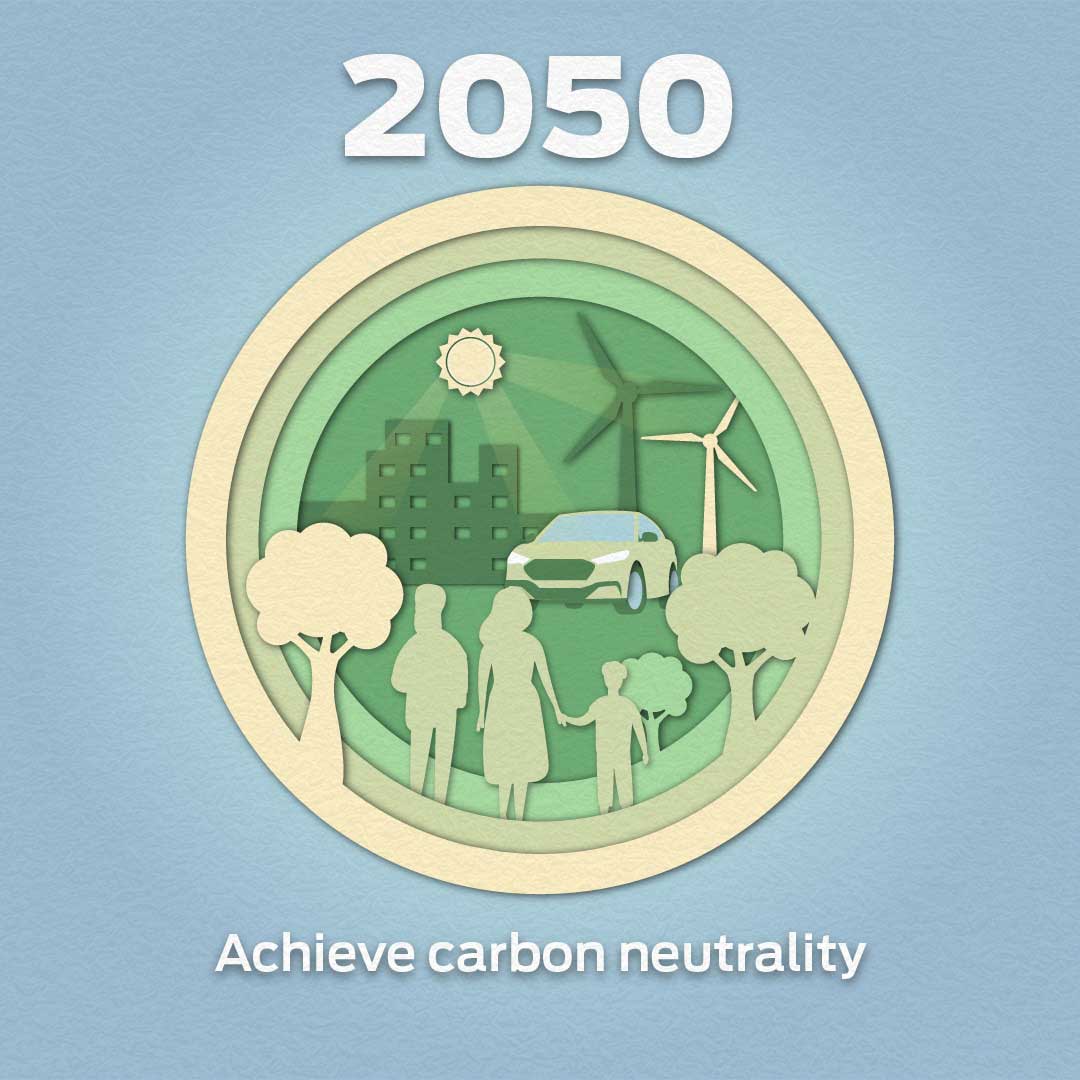
1. Protecting our communities
Extreme weather has affected people around the world due to rising temperatures caused by carbon emissions. These include unprecedented flooding in East Africa and wildfires in Australia.
2. To protect nature
The 2019 UN report on biodiversity extends to all existing species, raising this estimate further to one million species. Since 1970, North America has lost nearly 3 billion birds.
3. Reduce uncontrolled temperature rise
By taking strong action now, we will help stabilize temperature rise at no more than 1.5°C (in line with the Paris Agreement). If we don’t act quickly, temperatures will rise much higher. The risk of sea level rise associated with temperature increases of up to 4°C would be catastrophic for coastal communities in some parts of the world.
4. To protect our health
Climate change has been labeled the greatest threat to health in the 21st century, and a range of conditions associated with high temperatures, cold, extreme weather and air pollution are expected to increase.
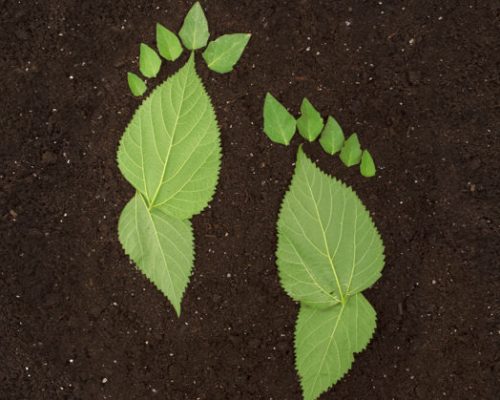

5. To protect water supply and quality
By 2050, dry summers could lead to reduced water availability in rivers and reservoirs in some countries, especially in areas already suffering from water stress. Longer periods of drought may affect the quality and quantity of groundwater supplies available to cities.
6. Reducing the harmful effects of plastics
Plastics are everywhere – from packaging to construction, from car parts to items in the home. Last year, a report by the Center for International Environmental Law estimated the greenhouse gas footprint of plastics for the first time.
The documentary highlighted the devastating effects of plastic waste in the ocean and marine wildlife. It contributes to the biodiversity emergency by harming wildlife and contaminating their food supply.
7. To prevent food shortages
The United Nations warns that, as of today, more than 500 million people live in areas affected by climate change-related erosion. It calls on all countries to commit to sustainable land use to help limit emissions before it is too late. Changing weather patterns and unpredictable water supplies affect agriculture and the ability to grow enough food crops.
8. Protecting our ecosystems
Global warming has already severely impacted insect populations by eliminating their habitat, and pollinators such as bees are particularly affected.
If climate change could be limited to a temperature rise of 1.5°C, the damage would be much lower. Insects are vital to most ecosystems, and pollination, fertile soil and clean water depend on these healthy ecosystems.
Increase revenue
Differentiate themselves in the marketplace by providing climate leadership and creating new products and services
By reducing costs
By changing behavior in high-emitting activities such as energy use and business travel
By engaging stakeholders
Motivating and retaining employees and demonstrating to investors that you are measuring, disclosing and managing climate risks
Reduce risk
Reduce the regulatory risk of a possible future tax on carbon consumption

The raw material for cork is the bark of cork oak. Unlike regular wood, harvesting cork oak bark does not involve cutting down an entire tree, but rather stripping the bark off intact, and after a period of time, the bark will grow back. The cork is a 100% natural raw material, which means it can be 100% recycled and reused.
It is lightweight and relatively flexible. The spongy material floats, doesn’t burn, and is stain and scratch resistant!
It also contains cork, a wax-like material that repels water and contributes to the durability of cork as a material.
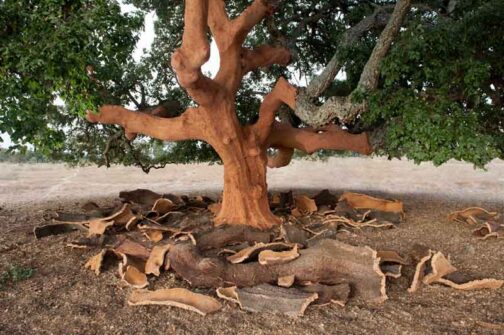
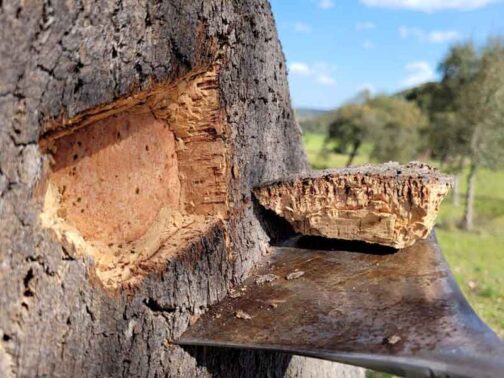
Cork is not only a continuously renewable material, it is also a carbon-negative material.
The cork oak forest is beneficial to the environment and is one of nature’s treasures to mankind, its excellent environmental
Its excellent environmental protection functions include soil protection, water cycle regulation, carbon emission reduction and biodiversity protection.
In addition, the cork is harvested in the same environmentally friendly and sustainable way, without cutting down trees in the process.
The cork is harvested in an environmentally friendly and sustainable manner, without cutting down trees. According to the study, each hectare of cork oak forest can absorb about 6 tons of CO2 per year.
Accordingly, the cork oak forest in the teeth can absorb more than 4 million tons of CO2 per year. Thus, it is estimated that the Mediterranean
cork oak forests in the Mediterranean region (a total of 2.1 million hectares) can absorb nearly 14 million tons of CO2 per year.
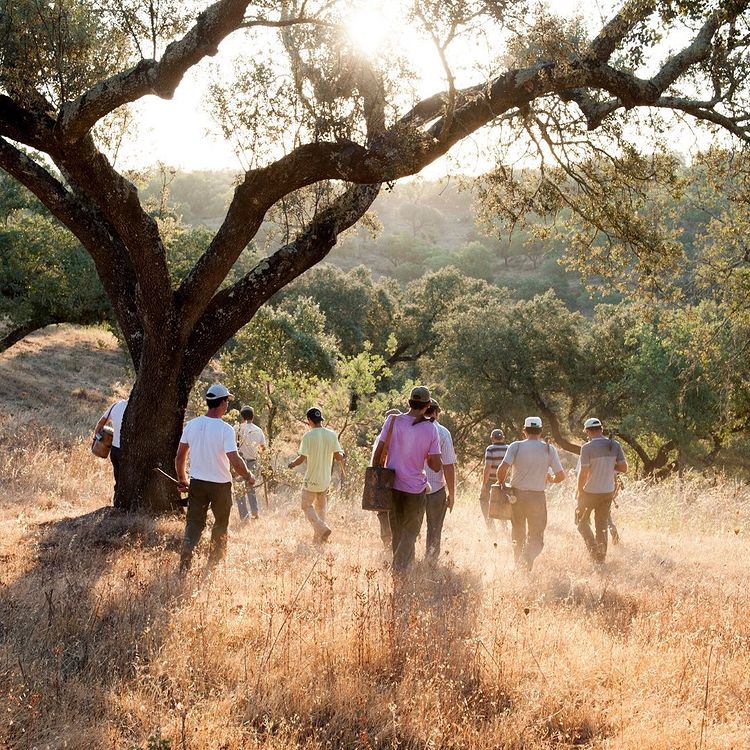
Cork oak forests also provide habitat for many organisms and, like the Amazon rainforest and the African savannah, are one of the global biodiversity hotspots.
Cork oak forests are rich in biodiversity and are a thriving habitat for wildlife, grasslands and a variety of
The biodiversity of Montado is rich in wildlife, grasslands and plants. A wide variety of plants and animals form a cork oak-centered
The cork oak forest is home to more than 160 species of plants and animals. The cork oak forest is home to more than 160 species of birds, 24 species of reptiles and amphibians, and 37 species of mammals.
and 37 species of mammals, some of which are threatened with extinction.
Some of these species are endangered, such as the Iberian lynx, the world’s most endangered feline.
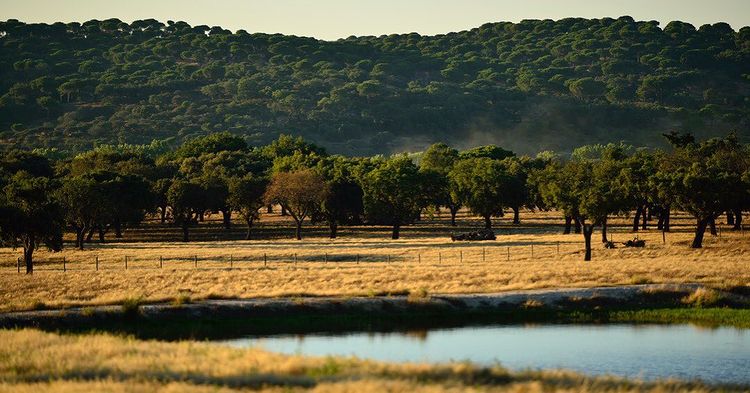
Based on the many outstanding properties of cork, the
cork can be made into cork fabrics, cork sports products, cork bags, etc., which are considered one of the best alternatives to leather.
Choose the right cork products to promote your low carbon sustainable business.

To save you time, we have also prepared PDF versions of all product catalogs
Download all products as a PDF
Download all products as a PDF
To save you time, we have also prepared PDF versions of all product catalogs, only leave your email and you will get the download link immediately.
Contact us to get a free quote and more expertise about cork fabric. Your project will meet a right solution with HZCORK.
